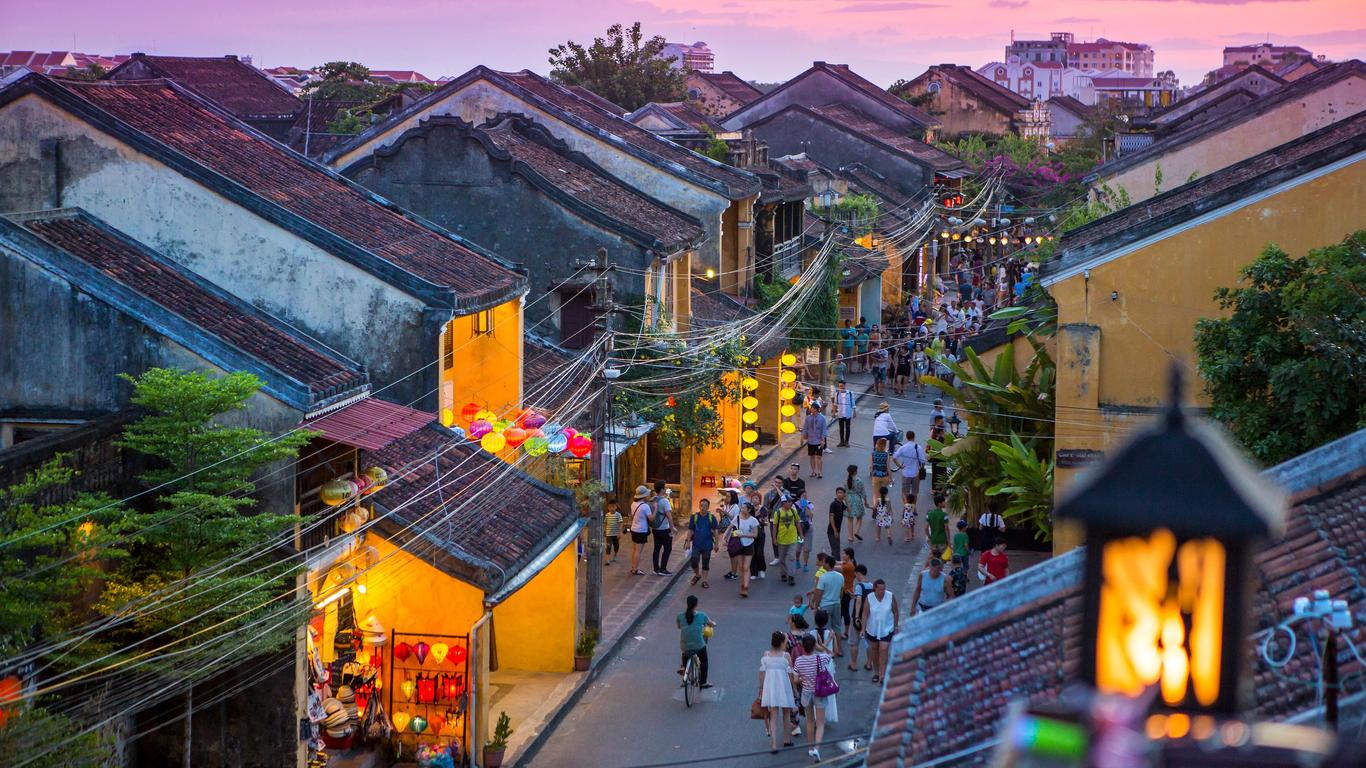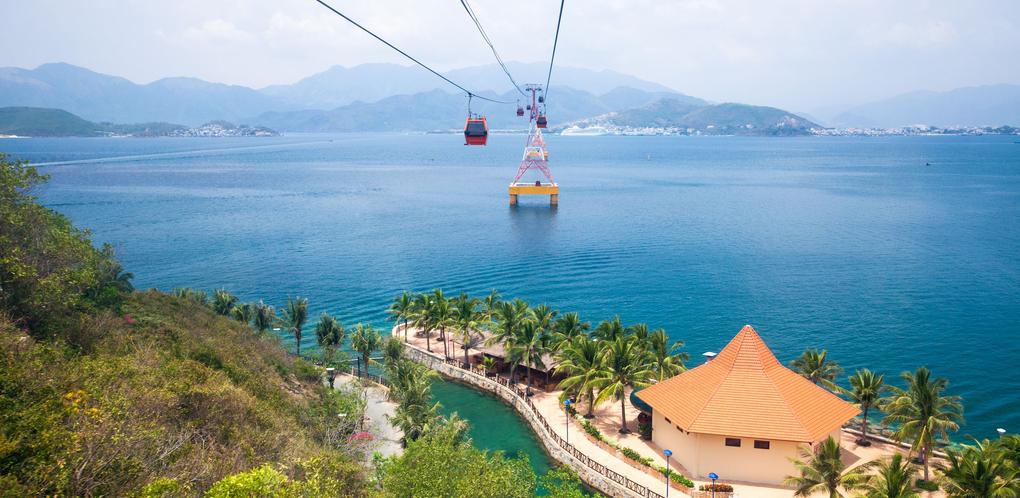
Vietnam travel guide
Vietnam Tourism | Vietnam Guide
You're Going to Love Vietnam
A destination of complex culture and history and the home of to-die-for cuisine, Vietnam is a feast for the senses.

Vietnam is the perfect destination for travelers seeking to combine historical sites with gorgeous natural landscapes.
What to do in Vietnam
1. Celebrate the Vietnamese New Year in Hoi An
Every year, Hoi An celebrates the New Year with the colorful and bright Lantern Festival. This one-week celebration is one of the top reasons travelers choose to visit Vietnam.
2. See the Rock Formations in Halong Bay
Over 1,000 limestone rock formations rise from the clear blue water in Halong Bay. This postcard-perfect spot is one of the must-sees in Vietnam.
3. Go on a Quest for the Best Pho
A Vietnamese staple dish, you can have pho at street food stalls or high-end restaurants. Find out who cooks it better.
4. Visit Sapa
Head to the hilly north to explore the town of Sapa and shop around the Saturday market.
5. Experience Ho Chi Minh City
Busy and chaotic, Ho Chi Minh City is the embodiment of Vietnam's vibe. It's the perfect place to learn to go with the flow.
When to visit Vietnam
Every two years in April, Vietnam holds its largest cultural event: Hue Festival. If you can't make it in time for this event, plan your trip between December and March when the weather is milder.
How to Get to Vietnam
Entry Requirements
Nationals from some European and Asian countries can enter Vietnam without a visa and stay from 15-30 days. Travelers from other countries need to apply for an e-visa before their trip.
Plane
Most international flights to Vietnam will land at one of the three international airports: Hanoi, Danang, and Ho Chi Minh City. Local airline Vietnam Airlines operates most of the nonstop flights.
Train
The only way to get into Vietnam by train is from China. There are regular daily connections to the capital Hanoi.
Passengers are requested to disembark the train and pick up their luggage at the border for customs inspection, and board again once they cross into Vietnam.
Car
In theory, it's possible to drive into Vietnam from Laos, Cambodia, and China, but check the latest updates regarding this way of crossing the border. Bureaucracy and different rules at different borders can make the process quite difficult.
Bus
There are regular bus connections between Ho Chi Minh City and Cambodia, Hue and Laos, and Hanoi and China.
Passengers must disembark the bus with their luggage at the border for customs processing, and board again on the Vietnamese side.
Boat
You can enter Vietnam by fast boat from Cambodia via the Mekong River.
Popular airports in Vietnam
Popular airlines serving Vietnam
Where to stay in Vietnam
In popular tourist destinations, it's easy to find budget-friendly hostels, all kinds of hotels, and family-owned guesthouses.
Where to stay in popular areas of Vietnam
Most booked hotels in Vietnam
How to Get Around Vietnam
Public Transportation
Most cities are served by a network of city buses, metered taxis, and inexpensive motorcycle taxis ("xe om").
Although slowly disappearing, you can still find cyclos (bicycle rickshaws) in some cities in Vietnam. It's one of the cheapest modes of transportation, costing approximately 12,000-25,000 VND (0.50-1.10 USD) for a short-distance trip.
Trains
Vietnam Railways operates the network of reliable and comfortable trains, ideal for long distances. SE class trains are usually faster and better equipped than the TN class trains.
Bus
Due to traffic, traveling by bus is not the fastest option. However, most destinations in Vietnam are connected by several bus routes that allow travelers to reach more remote locations.
The main cities are connected by comfortable, high-end buses. Local buses are used mostly by locals for short distances.
Car
Renting a car in Vietnam always means hiring a driver. If you're planning to drive around Vietnam in your own vehicle, you'll need an International Driving Permit and local insurance.
Plane
Domestic flights between the main cities in Vietnam are a faster and, in most cases, a cheaper option to get around. Flights are operated by local airlines, including Vietnam Airlines and Jetstar Airways.
The Cost of Living in Vietnam
ATMs are widely available, and locals prefer payments in cash, but debit or credit cards can be used in large hotels and restaurants. A local transportation ticket costs approximately 7,000 VND (0.30 USD). A daily run to the grocery store can cost around 100,000 VND (4.30 USD).